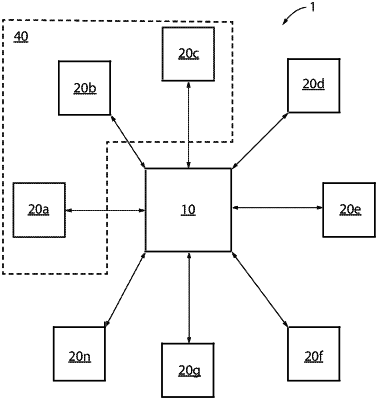| CPC G06Q 30/0643 (2013.01) [G06Q 20/18 (2013.01); G06Q 20/204 (2013.01); G06T 17/00 (2013.01); G06T 19/006 (2013.01); G07F 17/0014 (2013.01); G06Q 50/01 (2013.01); G06T 2210/16 (2013.01)] | 15 Claims |

|
1. A method, comprising:
obtaining footwear data for one or more footwear items;
creating, by one or more computing devices, a footwear model based on a relationship between the footwear data and a plurality of footwear item types stored in a computer memory;
classifying, by the one or more computing devices, each footwear item among a plurality of footwear items to a corresponding footwear style type;
learning, by the one or more computing devices, footwear preferences of a user based on the classification of the plurality of footwear items, wherein learning the footwear preferences of the user comprises learning the footwear preferences of the user on a per-event type basis;
generating, by the one or more computing devices, a suggested footwear for the user based on input from the user and the learned footwear preferences;
generating, based on the footwear data of the plurality of footwear items, a wire frame model representing a foot of the user;
generating a graphical representation of the suggested footwear based on associations between points of the wire frame model representing a foot of the user and corresponding points of a representation of the suggested footwear; and
outputting, by the one or more computing devices, the graphical representation of the suggested footwear overlaid on the wire frame model of the foot.
|